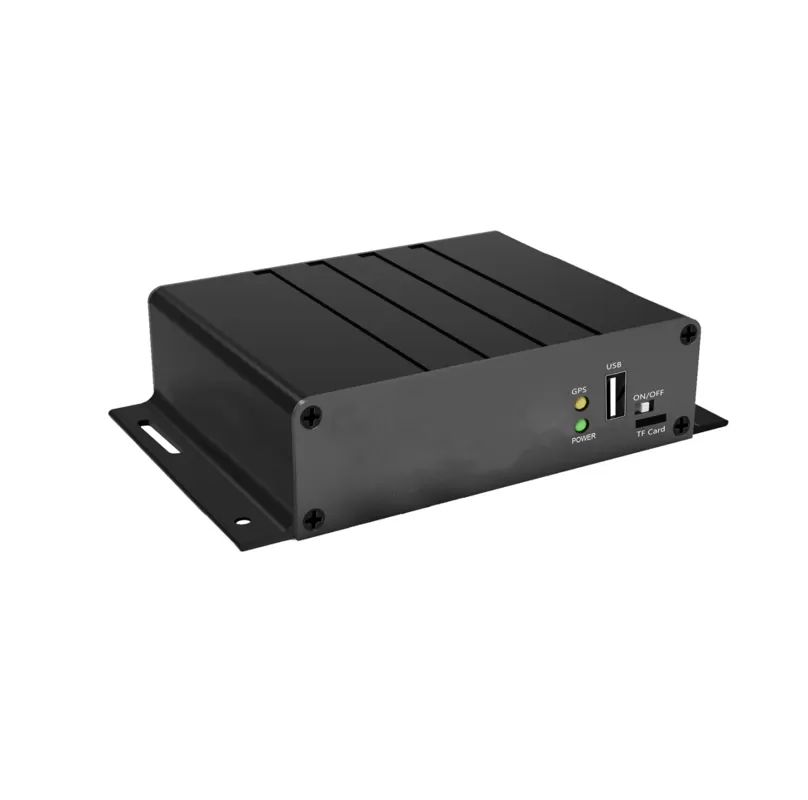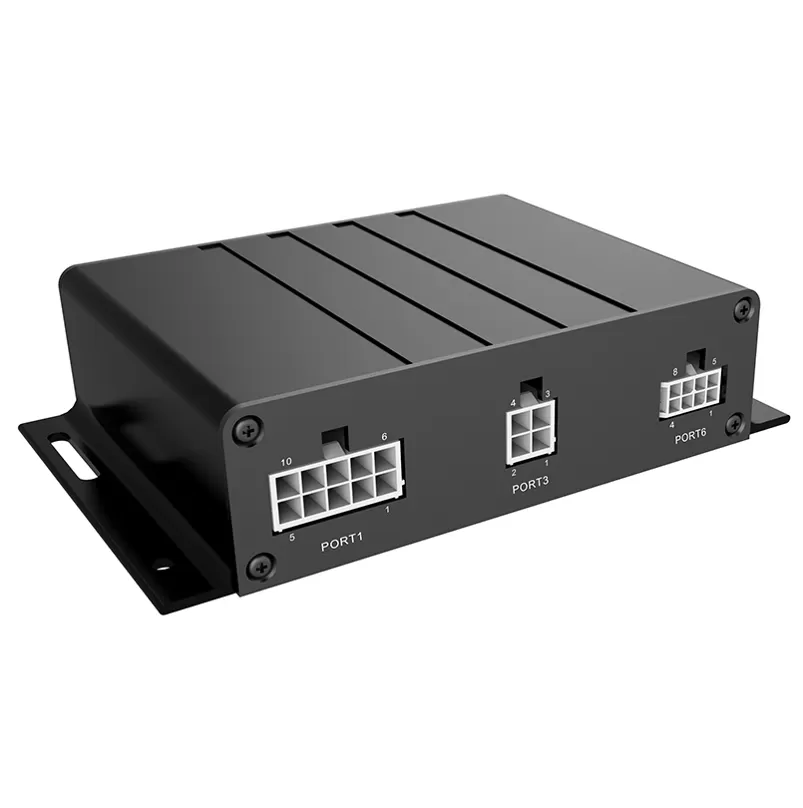Speed control in a car refers to various systems and mechanisms that allow the driver or the vehicle itself to regulate the vehicle’s speed. It encompasses both manual control, where the driver adjusts speed through the accelerator and brake pedals, and automatic systems that control speed under certain conditions. This includes cruise control, adaptive cruise control, and other advanced driver assistance systems (ADAS). The primary goal of speed control is to enhance safety, improve fuel efficiency, and reduce driver fatigue during long journeys.
Let’s explore the different types of speed control in a car, how they work, and their benefits.
1. Manual Speed Control: The Basics
Manual speed control is the most common way drivers control a car’s speed. It involves using the accelerator pedal to increase speed and the brake pedal to reduce it. This type of speed control requires constant attention from the driver, particularly in situations where traffic patterns change frequently or road conditions vary. Drivers must adjust their speed based on legal speed limits, road signs, traffic flow, and personal judgment.

2. Cruise Control: Steady Speed on Highways
Cruise control is one of the earliest automated speed control technologies developed for vehicles. When activated, it allows the car to maintain a constant speed without requiring the driver to keep their foot on the accelerator. This system is particularly useful on highways or long stretches of road, where traffic is light, and the road conditions are consistent.
Once the driver sets the desired speed, the car’s engine control unit (ECU) ensures that speed is maintained by automatically adjusting the throttle position. However, traditional cruise control systems don’t account for changes in road conditions, such as curves or traffic, requiring the driver to disable or adjust the system manually in such cases.
3. Adaptive Cruise Control: Intelligent Speed Regulation
Adaptive cruise control (ACC) builds on the functionality of traditional cruise control by using sensors (such as radar or cameras) to monitor the traffic ahead. Unlike standard cruise control, which maintains a fixed speed, ACC adjusts the car’s speed to maintain a safe distance from the vehicle in front. If the traffic slows down, the car will automatically reduce speed; when traffic clears, the car will accelerate back to the set speed.
This type of speed control is more advanced and offers greater convenience, especially in stop-and-go traffic conditions. It reduces the need for the driver to constantly adjust speed, making for a more comfortable and less stressful driving experience.
4. Electronic Speed Limiters: Safety and Compliance
Electronic speed limiters are designed to prevent the car from exceeding a specific speed, which can be set by the manufacturer, the driver, or a third-party system. Some vehicles come with built-in speed limiters that ensure the car cannot exceed a maximum speed, which enhances safety and helps comply with road regulations. This is particularly useful for commercial vehicles, where maintaining a safe and legal speed is critical.
5. Traction Control and Stability Control: Speed Control for Safety
Traction control and stability control systems are safety features that play a role in speed control, particularly in adverse road conditions like wet or icy roads. These systems monitor the vehicle’s speed and wheel slip and make adjustments to maintain control. Traction control limits wheel spin during acceleration by reducing engine power or applying brakes to individual wheels. Stability control systems help prevent skidding during cornering by applying brakes to specific wheels.

6. Advanced Driver Assistance Systems (ADAS): Automated Speed Management
Many modern cars are equipped with advanced driver assistance systems (ADAS) that take speed control to the next level. These systems use a combination of cameras, radar, and sensors to monitor the vehicle’s surroundings and control speed automatically. For example:
- Traffic sign recognitionsystems can adjust the car’s speed according to posted speed limits.
- Lane-keeping assisthelps the car stay in its lane by adjusting the steering and speed.
- Autonomous emergency brakingreduces speed or stops the vehicle when it detects an imminent collision.
These systems work together to provide semi-automated speed control, making driving safer and more efficient.
7. Speed Control Benefits
- Safety: Speed control systems reduce the likelihood of accidents by maintaining safe speeds and distances from other vehicles. They are especially useful in preventing rear-end collisions and accidents caused by sudden braking.
- Fuel Efficiency: By maintaining a steady speed, especially on highways, speed control systems help reduce fuel consumption. Consistent speed leads to smoother driving, minimizing the need for rapid acceleration and deceleration.
- Driver Comfort: Speed control systems, such as adaptive cruise control, reduce the stress and fatigue associated with long drives by minimizing the need for constant speed adjustments.
Conclusion
Speed control in cars is an essential part of modern vehicle technology, providing safety, comfort, and efficiency to drivers. From basic manual control to advanced adaptive systems, speed regulation ensures that drivers can travel safely at appropriate speeds, adapting to road conditions and traffic. With the continuous development of ADAS and autonomous driving technologies, the future of speed control promises even more automation and safety innovations.
At HBOIOT, we offer a wide range of video telematics systems and have a listen first approach that enables us to ensure the solutions we build meet your requirements. Switch to video telematics today with HBOIOT and turn your data into decisions.
